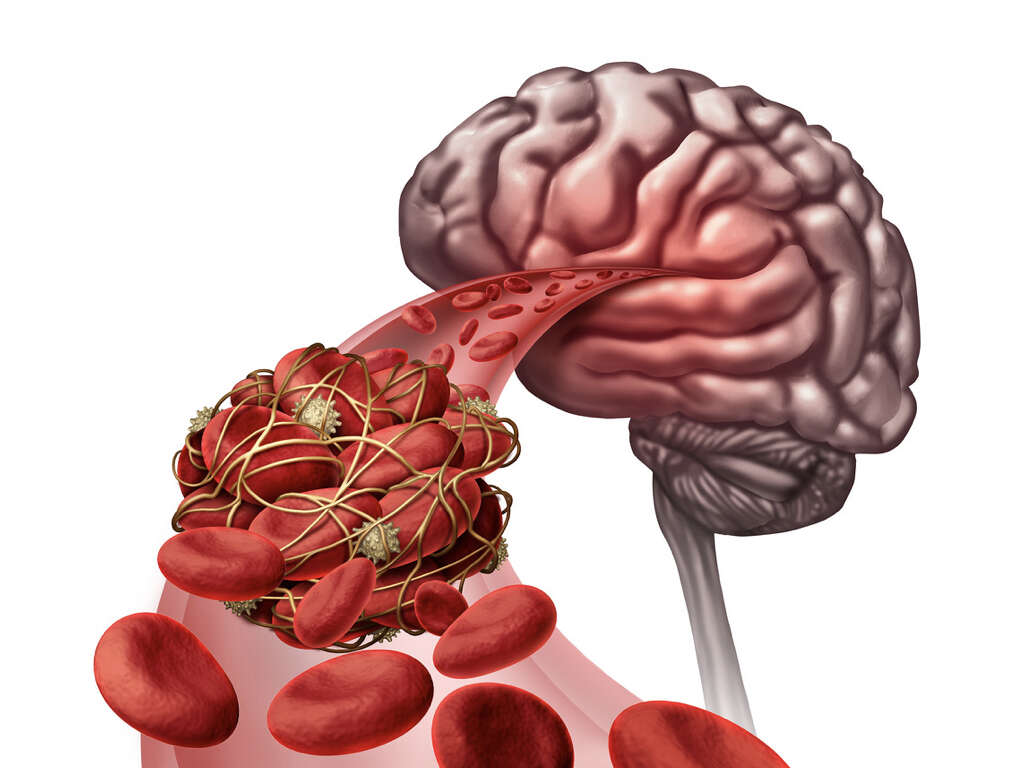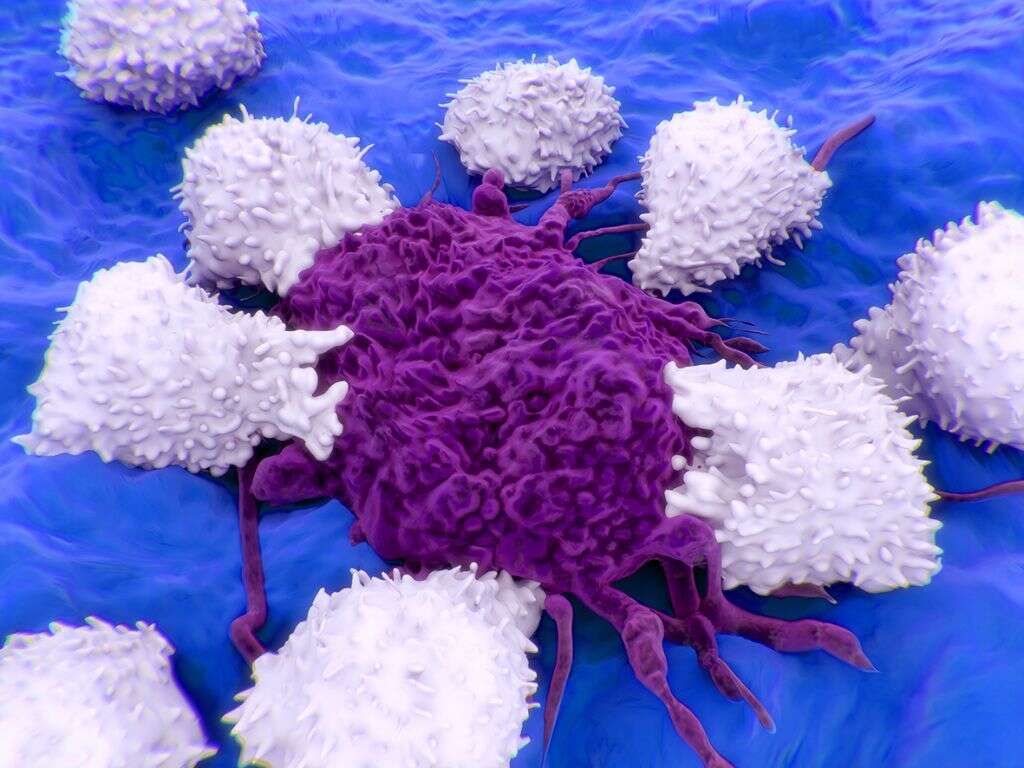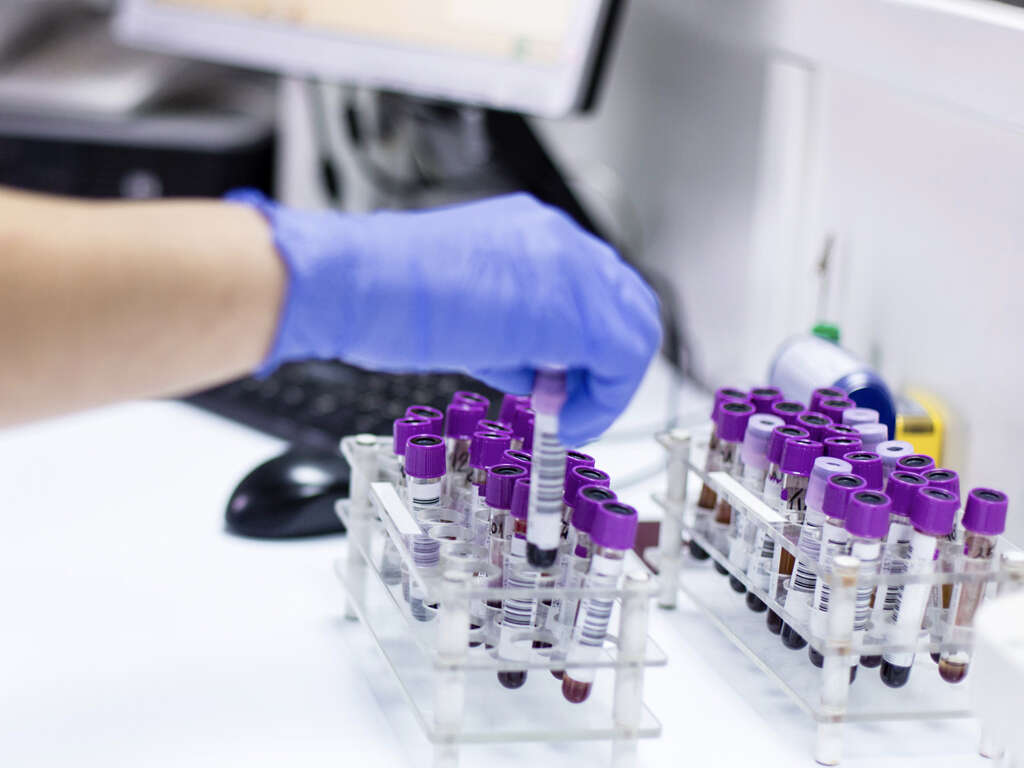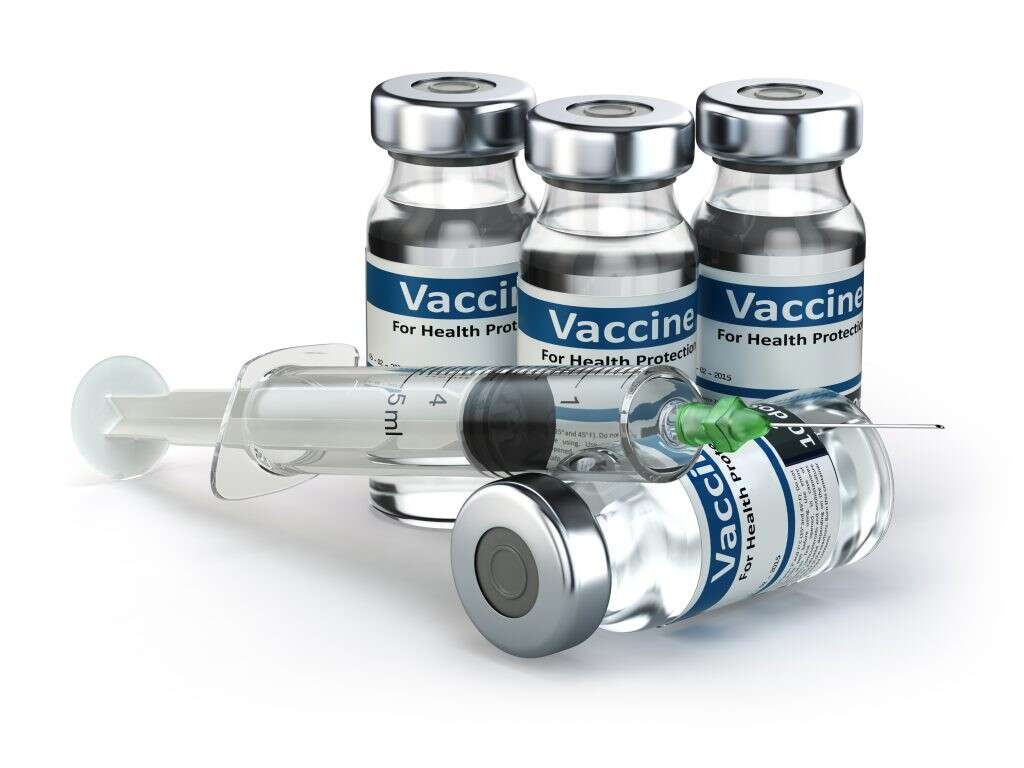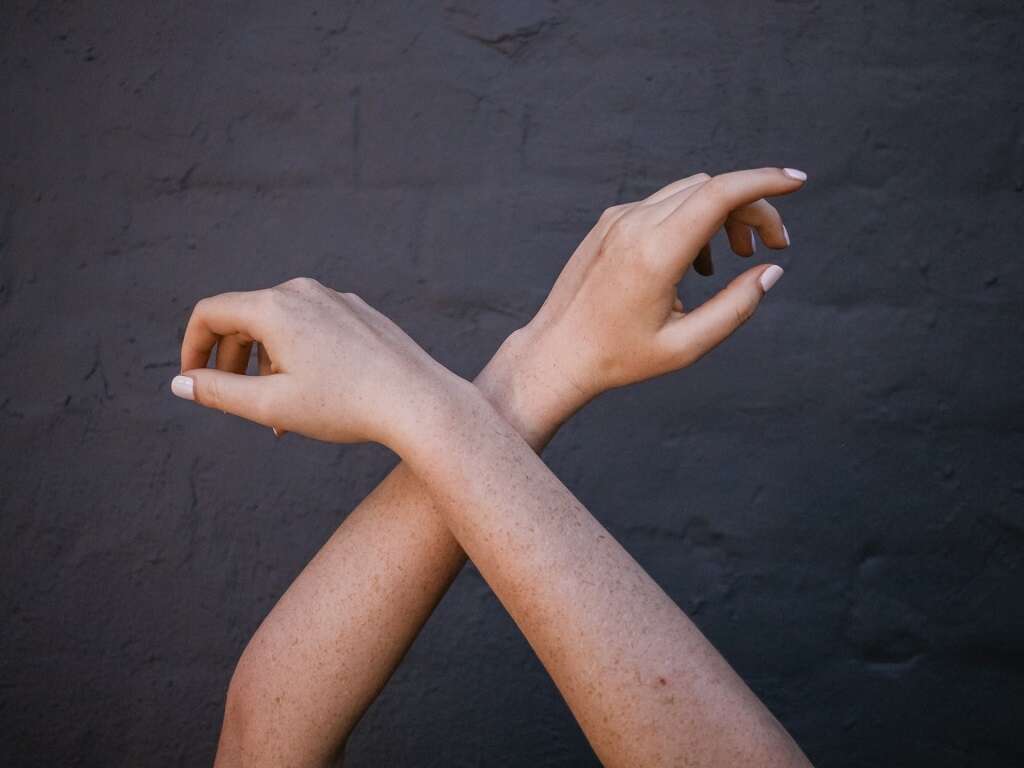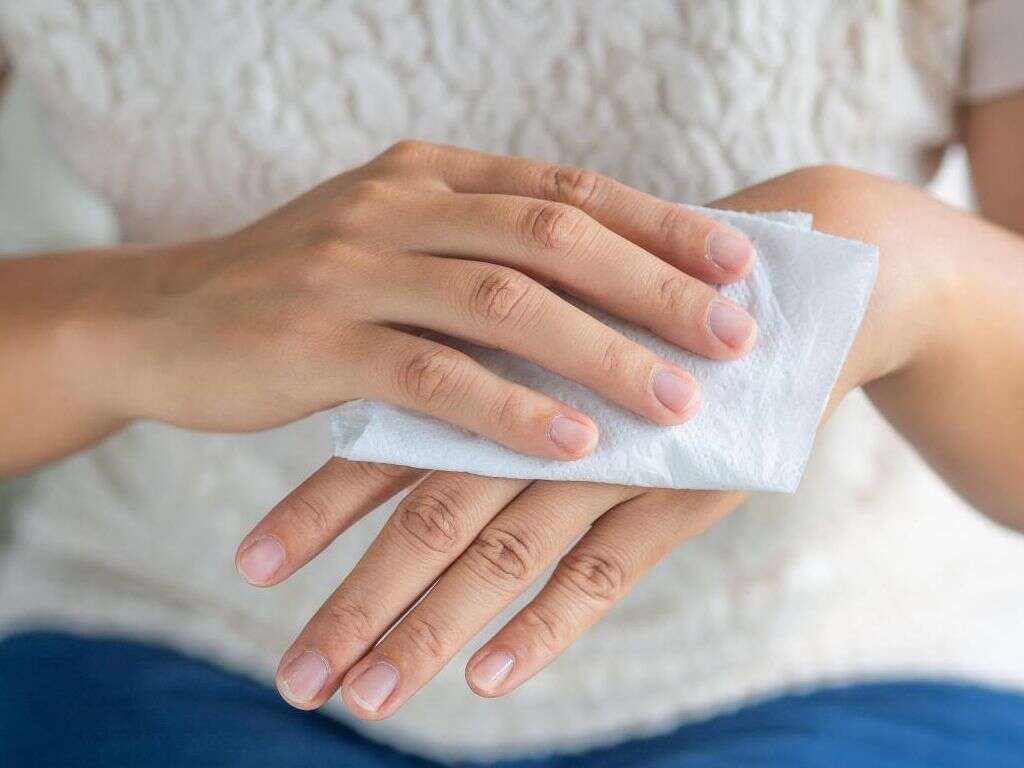What Is Lichen Planus?
Our skin is very important for us for a number of reasons, including the fact that it is our first barrier of defense against disease. The appearance of our skin can be almost as important as functionality for some people, especially considering it is clearly visible. This means we tend to prefer clean and clear skin, but this is not always easy to achieve.
Some people develop medical conditions that cause clear rashes and other blemishes on the skin. One example of such a condition is lichen planus, which can be very uncomfortable as well as unsightly. It is not usually serious, but it will be in a small percentage of cases.
1. Lichen Planus
Lichen planus is a condition that affects the patient’s skin, mucous membranes, nails, and hair. It can cause irritation and swelling, and it can cause bumps to form on the skin. The bumps will tend to be purple in color and flat, and they will develop over the course of a few weeks. The bumps are also likely to be itchy.
While the condition will often appear on the skin it will also sometimes appear on mucous membranes such as the vagina, and in the mouth. The condition will usually not be serious even if it is uncomfortable, but it can become serious if it is left untreated.
2. Causes
Lichen planus is a type of autoimmune condition. This means it is caused by the patient’s immune system attacking the cells in their body. It is not at all well understood why this happens, but we do know that there are certain factors that can trigger the condition. We also know it is not contagious.
Lichen planus will sometime be triggered by the flu vaccine, although this is rare. Some medications for arthritis or high blood pressure can trigger the condition, as can medications for heart disease. Some pain killers are also a potential trigger, while hepatitis C is another potential underlying cause.
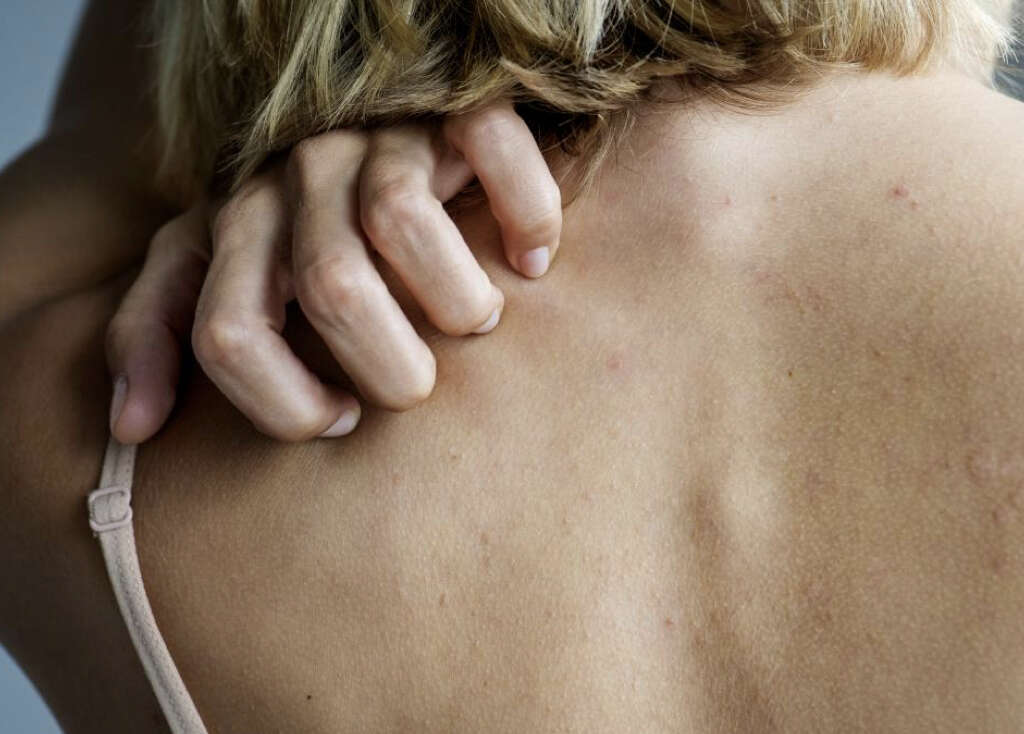
3. Skin Bumps
As mentioned, lichen planus will cause bumps to appear on the skin. These bumps will typically appear on the wrist, ankle, or inner forearm. They will also sometimes appear on the patient’s genitals. When the mucous membranes are affected, it will often cause white patches on the tongue, lips, and other tissues in the mouth.
In addition to these white patches, which will have a lacy appearance, there will be sores in the patient’s mouth. These sores will also sometimes be present in the vagina. The severity of these symptoms will vary from patient to patient, and they will cause considerable distress in some cases.
4. Itching
One factor that can cause distress for the patient is that the affected patches of skin can be very itchy. As much as it can be irresistible to avoid scratching them, you should try and do so as much as you can. Excessive scratching can cause the skin to become broken, and this can cause the skin to become infected.
The affected areas will also sometimes develop blisters. These blisters will eventually burst, causing fluid to leak out of them. These blisters will then form crusts or scabs before eventually healing. Permanent scars will sometimes be left behind after the blisters/scabs have healed.
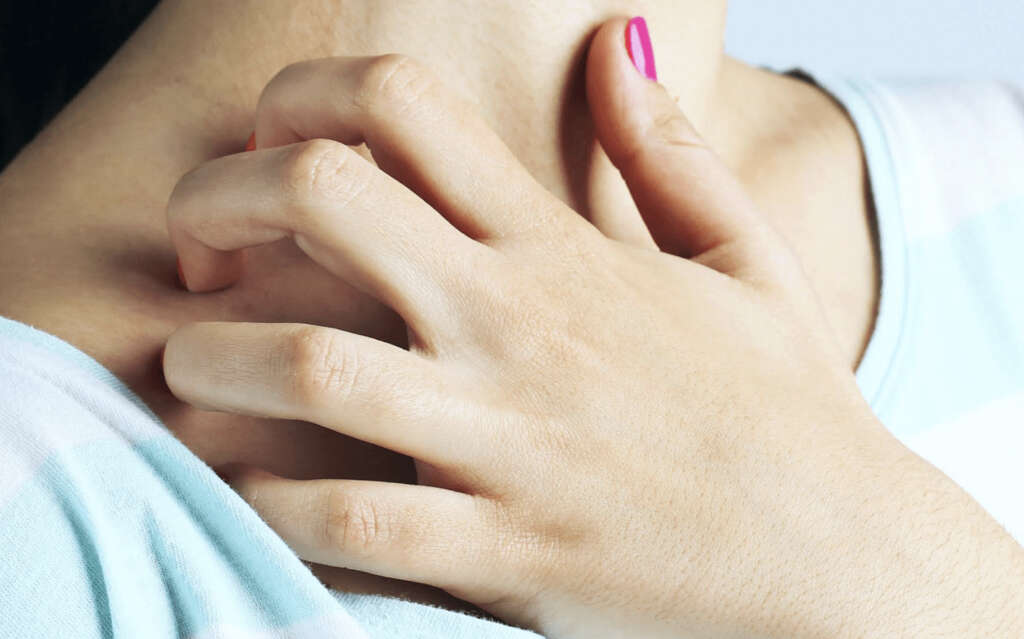
5. Darkened Skin
In addition to the possibility of permanent scars, lichen planus will also sometimes cause permanent dark patches to remain on the patient’s skin. These patches will remain even after the other symptoms have cleared up. Darkened skin tends to be more noticeable in people who already had dark colored skin.
The darkened patches, along with any scars that may be present, will leave some people feeling self-conscious about their physical appearance. This, along with other symptoms like pain will sometimes cause the patient to lose confidence and self-esteem, and this can have a negative impact on their quality of life.
6. Hair Loss
Lichen planus will also sometimes cause the patient’s hair to start falling out. This hair will not usually grow back even after the underlying cause of the loss has been dealt with. Treatment is sometimes provided to help limit the amount of hair the patient loses.
Lichen planus will also sometimes affect the patient’s nails. Their nails can become thinner, and grooves and ridges can also form along the surface of the nail. The nail will also sometimes be permanently lost and a pterygium can form, which is the abnormal growth of tissues over where the nail used to be.

7. Sexual Dysfunction
As mentioned, lichen planus will sometimes affect the patient’s genitals. When this part of the body is affected it can be very difficult to treat, and it can be very painful for the patient. The pain will make it difficult for the patient to enjoy sex and extensive scarring will often be left behind after the other symptoms have passed.
Lichen planus on the vagina and vulva will often last for longer than when it forms on other parts of the body. Other symptoms of the condition include redness and a discharge from the vagina. The extensive scarring can cause the vagina to become barrower and shorter. In some cases, the scarring may even cause the vagina to close altogether.
8. Oral Cancer
Sores in the mouth can be painful to the point where it is difficult for the patient to eat. This can result in other complications like malnutrition and dehydration if the patient is not getting the nutrition and fluids that they need. Some patients will need to turn to liquid foods in order for them to get the nutrition they need.
Lichen planus can also cause damage to the cells of the patient’s mouth at a cellular level. This, in turn, increases the risk of oral cancer developing. If the tissues in the patient’s ears are affected, this may cause them to lose their hearing if the condition is not treated.
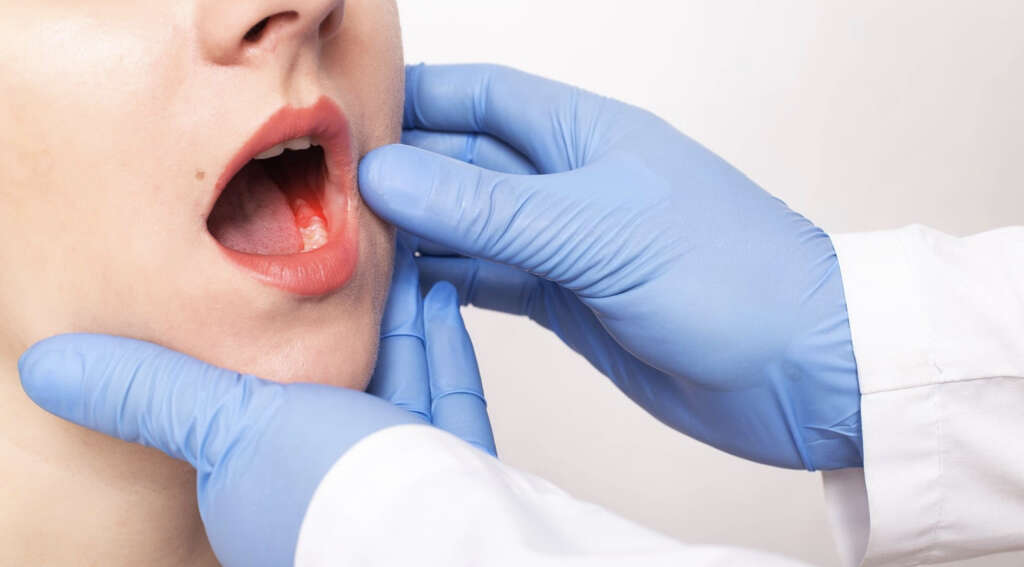
9. Diagnosis
Your doctor will need to ask you about your symptoms, and they will also likely want to perform a physical exam of the affected areas. In many cases, a diagnosis can be made through this information alone, but tests may still be requested to get a confirmed diagnosis of the condition.
Diagnosis will also often involve testing for potential triggers such as hepatitis C, and allergies. In some cases, a small sample of an affected area will also need to be taken. This sample will then be examined so experts can look for signs that are typically caused by lichen planus.
10. Treatment
Lichen planus is not usually a serious condition, and treatment is not always considered to be necessary. It will usually clear up on its own but this can take months, or even years in some cases. When treatment is deemed necessary, corticosteroids are often used to help reduce the symptoms of the condition.
Other medications that help fight infections will also sometimes be used and, in the more severe cases, the patient may be prescribed medication that will help to weaken the immune system’s attack on the body. Antihistamines are also sometimes recommended, while light therapy is also sometimes used to help clear up the affected areas of skin.




